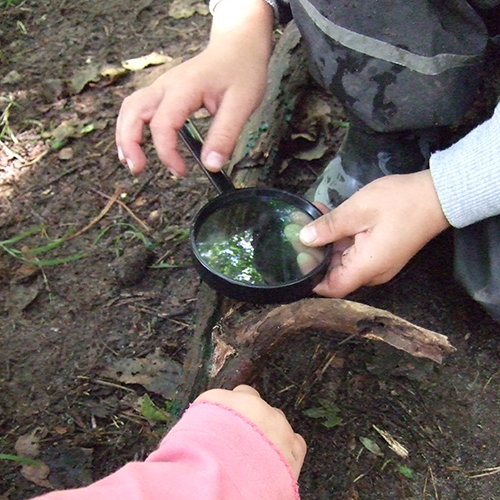Visual Ethnography as tool in exploring children's embodied making processes in preprimary education
DOI:
https://doi.org/10.7577/formakademisk.1909Abstract
This article presents and discuss Visual Ethnography as Methodological approach to research on embodied making and learning in preprimary education. Children’s making processes with materials and tools are visible. What children learn in and through these processes is not necessary visible. The article reflect on how visual ethnography (Pink, 2007) contribute to uncover and understand ongoing learning processes through visual documented making situations. The empirical material referred to, includes children from one to six years old and staff in Norwegian kindergarten as participants. Ethnographic methods are frequently used in educational research. Rose (2007) discusses visual methods within different methodological approaches.
Preschools and Early Childhood Centers in Reggio Emilia, Italy (Giudici, Rinaldi, Krechevsky, 2001; Rinaldi, 2006; Vecchi, 2010) has developed various ways of documentation that focus on visual readable material. Norwegian kindergartens inspired by the educational experiences in Reggio Emilia aims to develop pedagogical documentation as didactic tool in daily educational processes, with visual presentations as central part. The article discusses how visual ethnography as method gives the opportunity to present research findings also through visual representations, how these may give another insight in small children’s making than pure written text, and focus on ethical dilemmas concerning visual presentation. The connection between visual ethnography as research method and the presentation of research insights and findings, explore and visualize small children’s learning processes during embodied making with materials and tools, and contribute to research on children’s learning processes in preprimary education.
Key words: Visual ethnography, pictures, video, preprimary education, materials, embodied making and learning, Reggio Emilia atelier

Downloads
Published
How to Cite
Issue
Section
License
Authors who publish with this journal agree to the following terms:
- Authors retain copyright and grant the journal right of first publication with the work simultaneously licensed under a Creative Commons Attribution 4.0 License that allows others to share the work with an acknowledgement of the work's authorship and initial publication in this journal.
- Authors are able to enter into separate, additional contractual arrangements for the non-exclusive distribution of the journal's published version of the work (e.g., post it to an institutional repository or publish it in a book), with an acknowledgement of its initial publication in this journal.
- Authors are permitted and encouraged to post their work online (e.g., in institutional repositories or on their website) prior to and during the submission process, as it can lead to productive exchanges, as well as earlier and greater citation of published work (See The Effect of Open Access).
- The author(s) must manage their economic reproduction rights to any third party.
- The journal makes no financial or other compensation for submissions, unless a separate agreement regarding this matter has been made with the author(s).
- The journal is obliged to archive the manuscript (including metadata) in its originally published digital form for at least a suitable amount of time in which the manuscript can be accessed via a long-term archive for digital material, such as in the Norwegian universities’ institutional archives within the framework of the NORA partnership.
The material will be published OpenAccess with a Creative Commons 4.0 License which allows anyone to read, share and adapt the content, even commercially under the licence terms:
This work needs to be appropriately attributed/credited, a link must be provided to the CC-BY 4.0 licence, and changes made need to be indicated in a reasonable manner, but not in any way that suggests that the licensor endorses you or your use.



